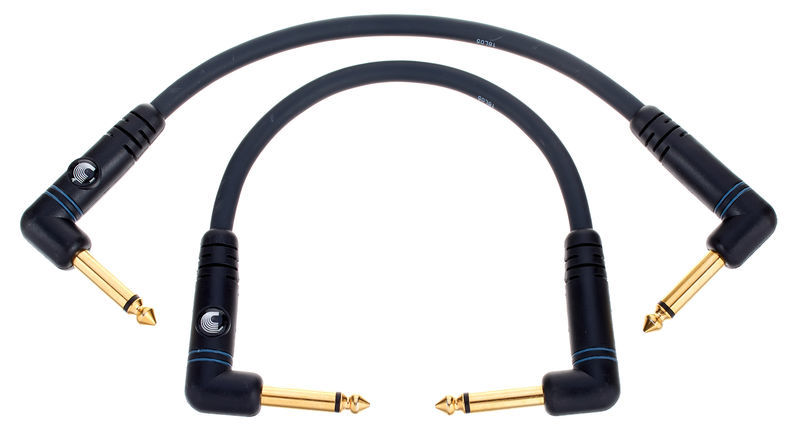

The output from most electronic audio devices is usually low impedance (around 150ohms), but it can be much higher for passive guitar pickups.Īctive pickups contain a preamp that offsets any issues with impedance by converting it to low impedance, and it can drive a cable without any loss of high frequency.Īnd this means it is more adversely affected by capacitance from a cable to create a filter on your sound – as capacitance and impedance increase, this filter comes into effect more. It is made up of the sum of two components, resistance (R) and reactance (X). Impedance (Z) is the measure of the total opposition to current flow in an alternating current circuit. You may even want this, but if you’re lacking some high-end brightness, a low capacitance guitar cable could make a positive difference to your sound. Combined with the inductors that are your guitar pickups, it can actually add mid-range gain.Īs a general rule of thumb, the longer your cable length, or the more capacitance the cable itself has for its given length, the more loss of high-end you’ll notice. Most noticeably, capacitance has the effect of reducing high-end treble in your tone, but it can actually have an effect across the entire spectrum.

A decent quality audio cable should offer 40pf per foot with the highest quality offering around half that. Guitar cables contain smaller amounts of capacitance, which are measured in picofarads (pf) each one million-millionth of a farad. Large amounts of capacitance is measured in units of farads, so named after 19th century English physicist Michael Faraday. The larger the surface area of these conductors (in your guitar cable), the larger the capacitance. Understanding capacitanceĪ capacitor is formed between two electrical conductors that are in close proximity. This is where ‘capacitance’ comes into play – capacitance is a buzzword you'll often hear around guitar cables, and for good reason.

You’ll feel the effects of different guitar cables much more if you're using passive electric guitar pickups rather than active. The quality of your guitar or patch cable will definitely influence your tone. (Image credit: Future) Will a better guitar cable improve my tone? If that’s not convinced you already, you’ll be pleased to know the price is decent too - hence why it sits pretty atop our best guitar cables guide right now. The company’s claims of clarity and wide frequency response are founded on a solid reputation – with a lifetime guarantee to boot. The Mogami Gold Instrument Cable is an industry standard, visible in recording studios around the world. If you’d like to get straight into the products, keep scrolling. If you’d like to read some more in-depth buying advice, click the ‘buying advice’ button above. A relatively small investment of around £30/$40 will land you one of the best guitar cables in our guide though, so if you treat it right, it will last you many happy years of jamming, gigging and recording. Guitar cables can range in price from a few pounds/dollars to hundreds, and the temptation for many guitarists is to spend as little as possible so that there's more cash left in the pot for alcoholic beverages, or more exciting gear like looper pedals, guitar wireless systems and, of course, electric and acoustic guitars.īut rest assured, we're not here to empty your wallet, although It’s worth considering that like everything else in your rig, higher quality usually lasts longer and sounds better.


 0 kommentar(er)
0 kommentar(er)
